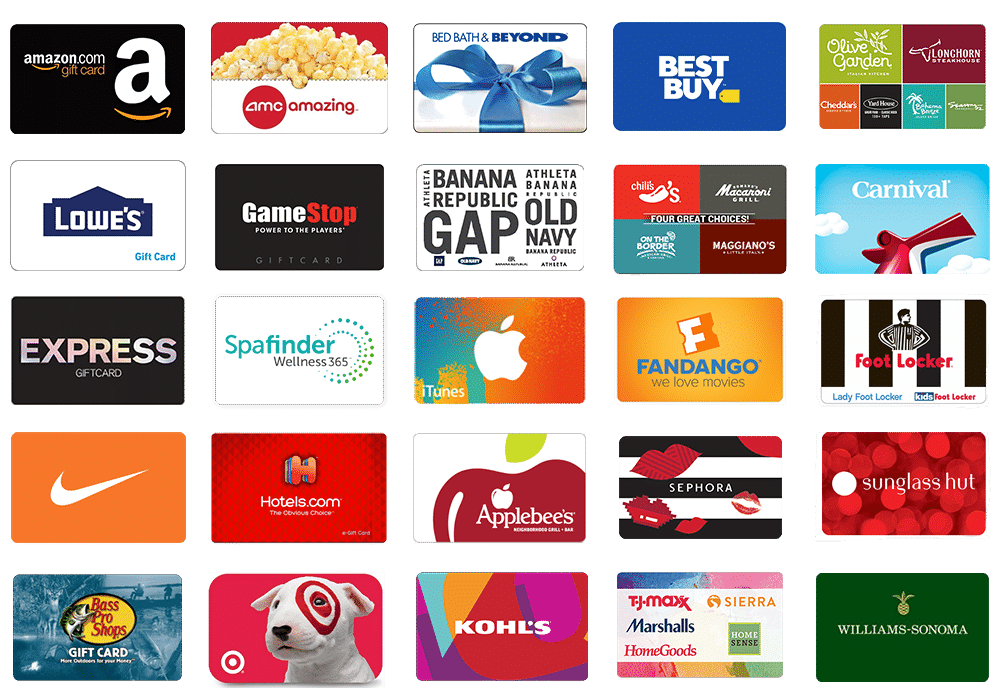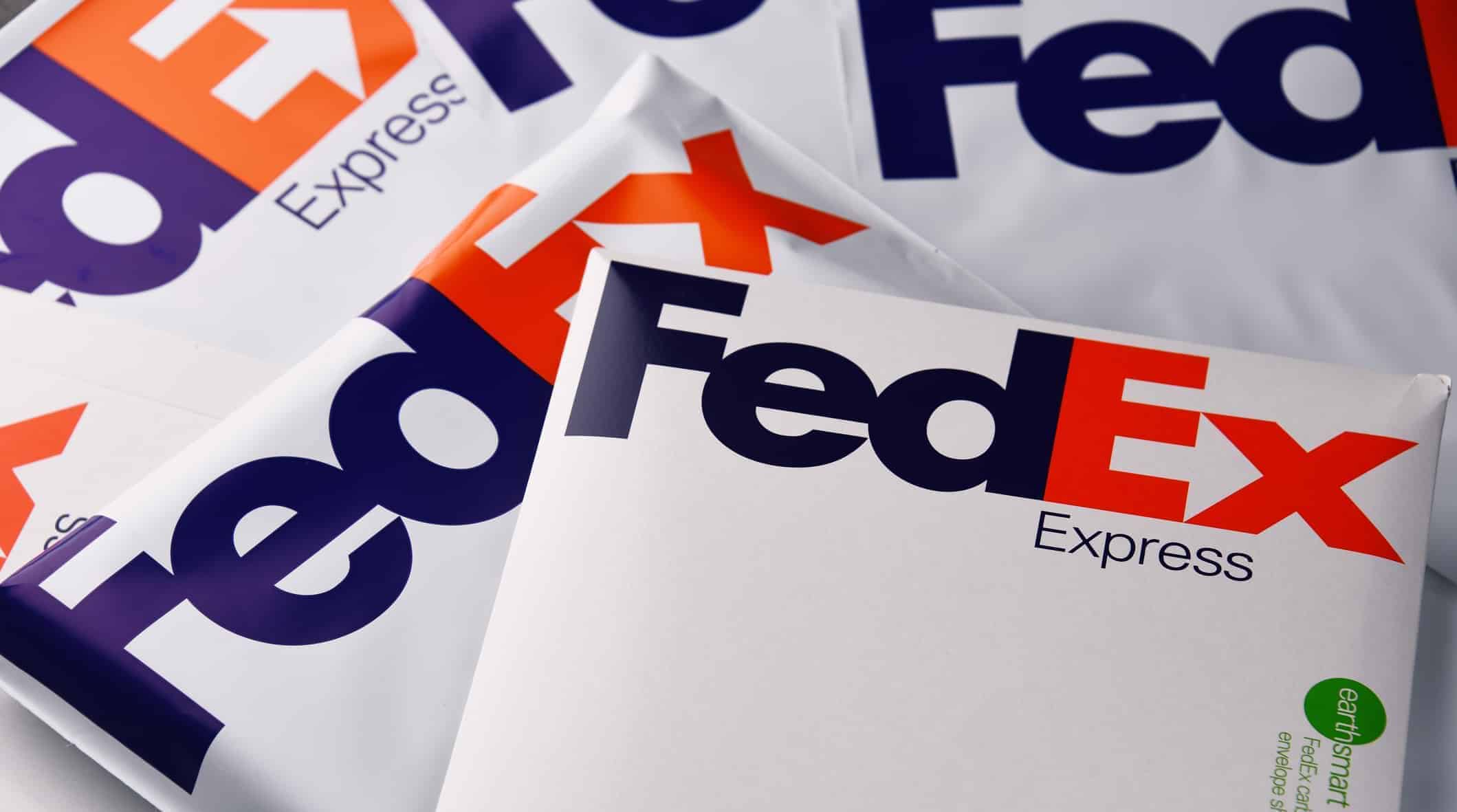Advice on Gift Cards for Popular Incentive Awards
Gift cards and prepaid cards have become increasingly popular due to the simplicity, availability, and variety offered at retail stores and through incentive companies. Employees and salespeople enjoy receiving a gift card to dine, shop, or spend as cash.
Gift Card Definitions
Before deciding on what type of card to reward incentive participants, the card terminology must be clarified.
Prepaid Card Or “Open Loop”
A prepaid card is defined as a Visa or MasterCard that is pre-loaded with reward funds and can be used similar to a debit card. Technically, they are not debit cards, even though many corporate users mistakenly use that phrase, because a consumer’s bank account does not back the balance. Other issuers include American Express and Discover, but Visa and MC dominate the incentive market by offering wider redemption at more locations.
Incentive veterans will use a peculiar phrase, “open loop,” because the prepaid cards can be used at any retail store that accepts Visa or MC. The open-loop cards are better for consumer rebates and channel partner incentive programs. However, for internal employees, many HR and Sales Operations executives dislike them because they can become confused with compensation, making it difficult to start and stop incentive promotions without adverse reactions.
Of course, prepaid cards maximize the freedom for participants to spend the funds wherever they prefer. An ample opportunity with prepaid cards that often gets overlooked is wallet branding – adding the sponsoring company’s logo to the plastic card to reinforce their brand. An incentive company can even fully customize the entire plastic. For long-term programs, reloadable prepaid cards are another option, where additional funds can be loaded on a regular cycle, rather than participants receiving new plastic each time.
 Gift Card Or “Closed Loop”
Gift Card Or “Closed Loop”
Unlike prepaid cards with universal acceptance, gift cards are redeemed only at a single merchant (or list of merchants). Hence, incentive veterans call these “closed-loop” cards.
Recent studies report the most popular gift cards are Amazon, Starbucks, Target, and dining cards. Gift cards from high-end retailers, such as Nordstrom, William Sonoma, or Best Buy, are super for aspirational sales contest prizes. Is the audience mostly male? Consider BassPro, Lowes, Nike, or Best Buy. For the ladies? Sephora, Bed Bath & Beyond, SpaFinder, or Tiffany’s!
Amazon is the most popular gift card – but is it closed-loop or an open loop? While it’s a theoretical debate, it matters because corporate sponsors hope recipients are redeeming for a memorable, meaningful prize and not forgettable commodities.





